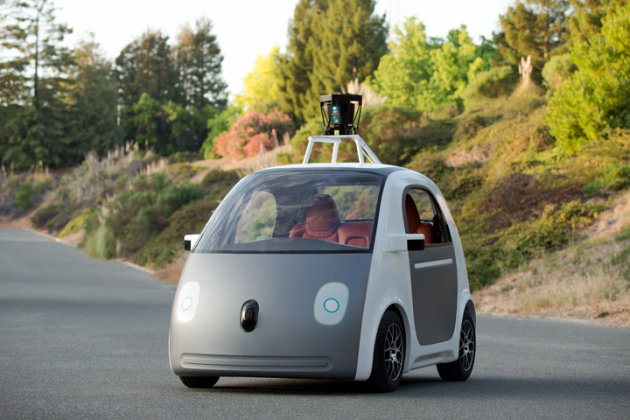Let’s face it. No company is going to build autonomous cars unless it can eventually earn them buckets of money. They’re going to do that by showing consumers how these cars will save them big bucks at the fuel pump or some other way (and then charging obscene markups because there will probably be tax credits).
The website QuickQuid.co.uk has tackled the issue. It shows how and when self-driving cars will start making economic sense. It could happen sooner than you think. We’re talking trillions. Take a look below.
By 2026, the site predicts all vehicles will be fully autonomous. I’d quibble a little bit about that because the average age of used cars currently on the road is 11 years. By 2026 – only 12 years from now – you have to figure most new cars being sold, which are not autonomous, will still be on the road. Unless, there is some kind of cash for clunkers program that gets them off the road.
The first savings predicted is average fuel economy will be 54.4 miles per gallon. That’s up from the current 21.8 mpg all due to controlled driving. Hmm, I wonder how the oil companies will feel about this?

Annually it would be $527,208,000,000 by eliminating human error when you factor in loss of earnings, household production, medical costs, emergency service costs, travel delays (I’m looking at your rubberneckers) and administrative costs. After all, those insurance bills aren’t going to write themselves.
Here’s another fascinating stat: it costs us $11.18 an hour to commute in lost productivity on average. QuickQuid figures productivity would increase by $39.5 billion a year. And that presumes we slack off and only work 25% of the time behind the wheel.

All together, factoring in fuel, productivity, accidents and congestion, an estimated $1.2 trillion. Those numbers are going to drive autonomous vehicles.



No comments:
Post a Comment